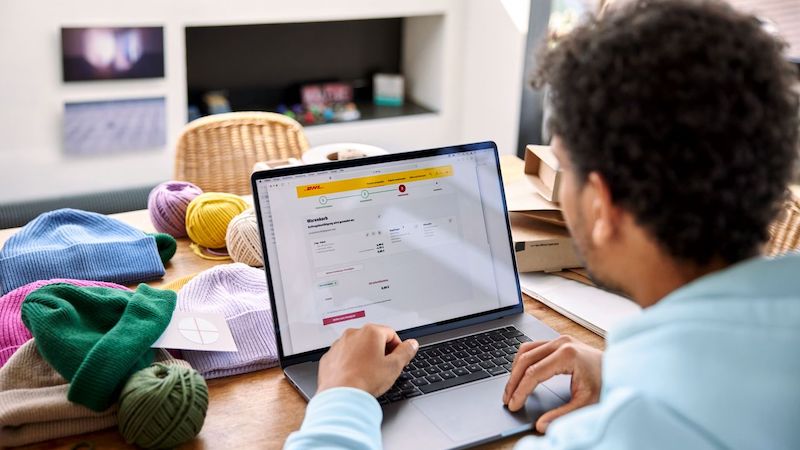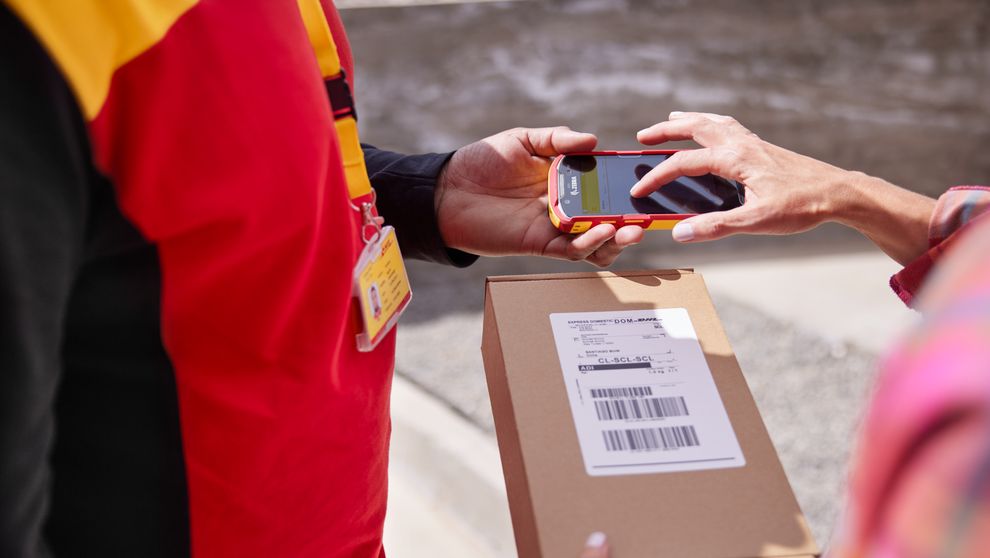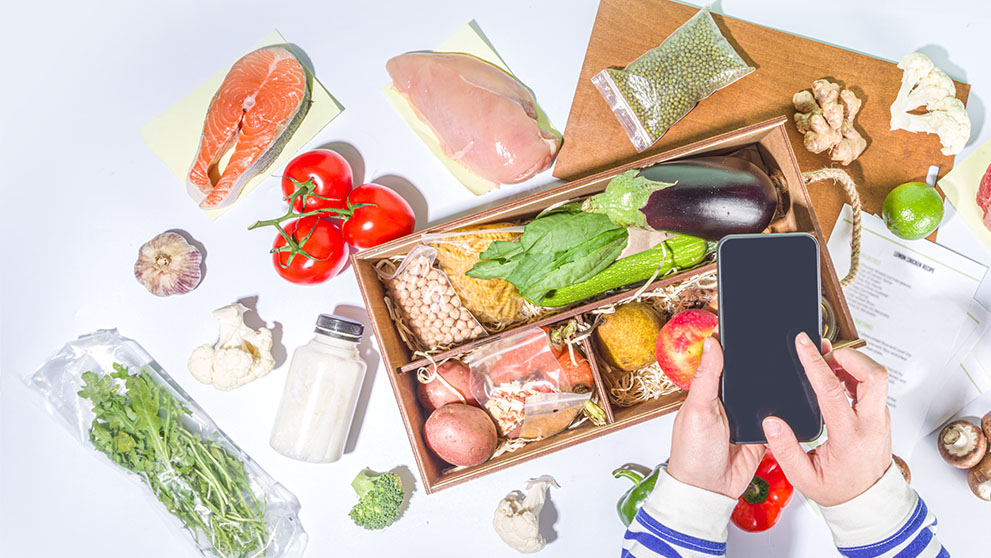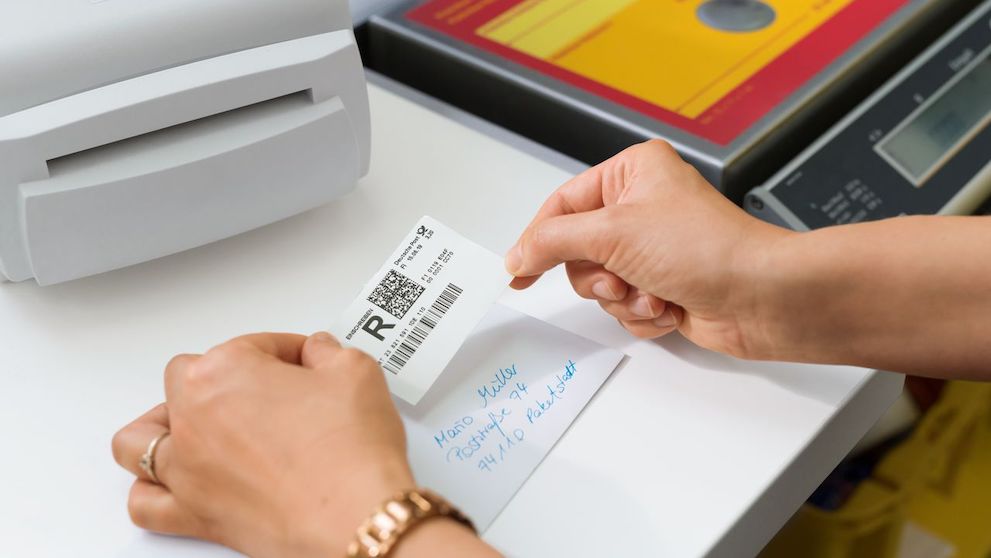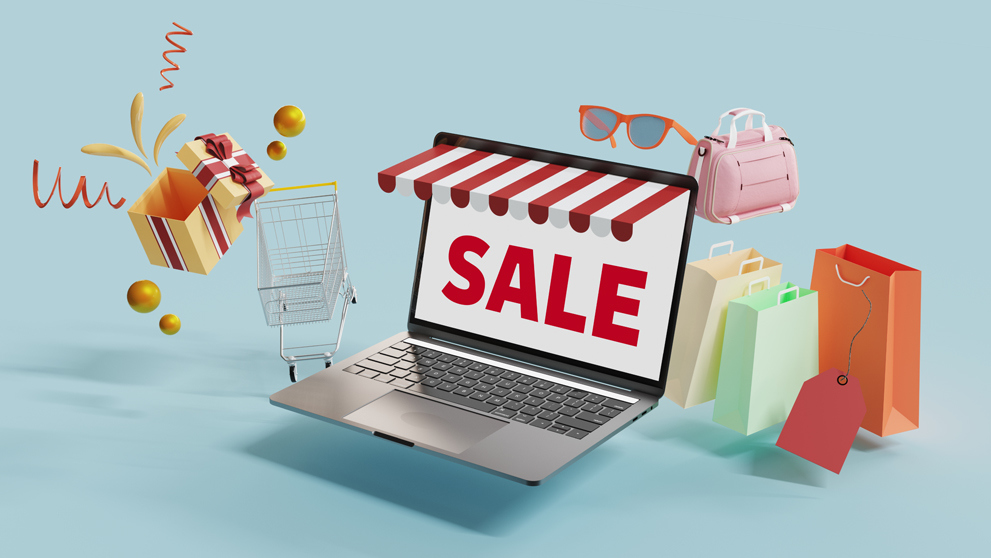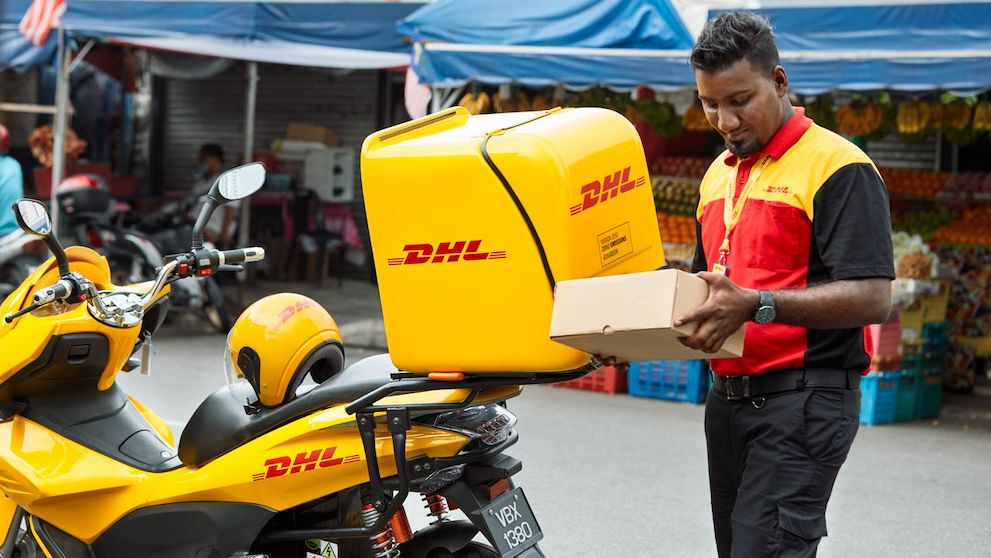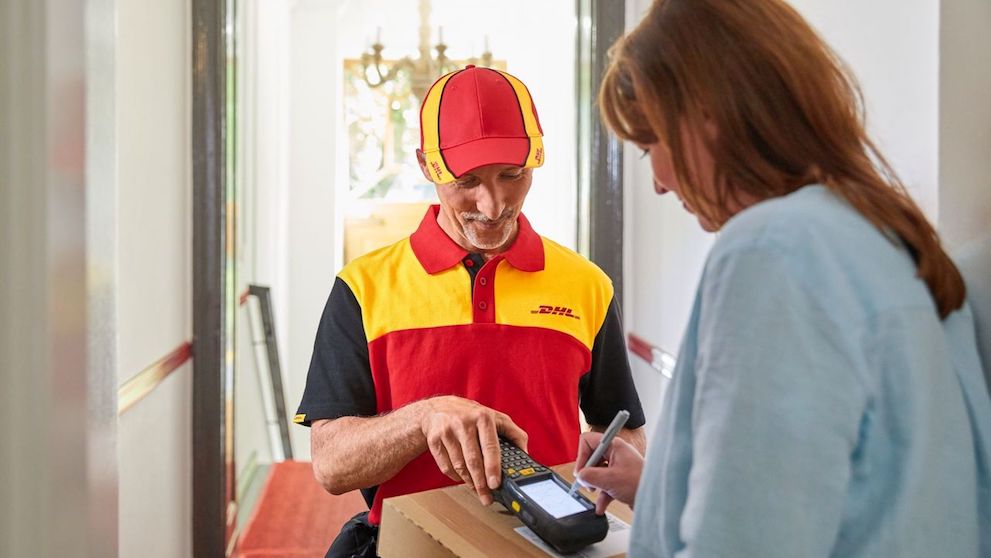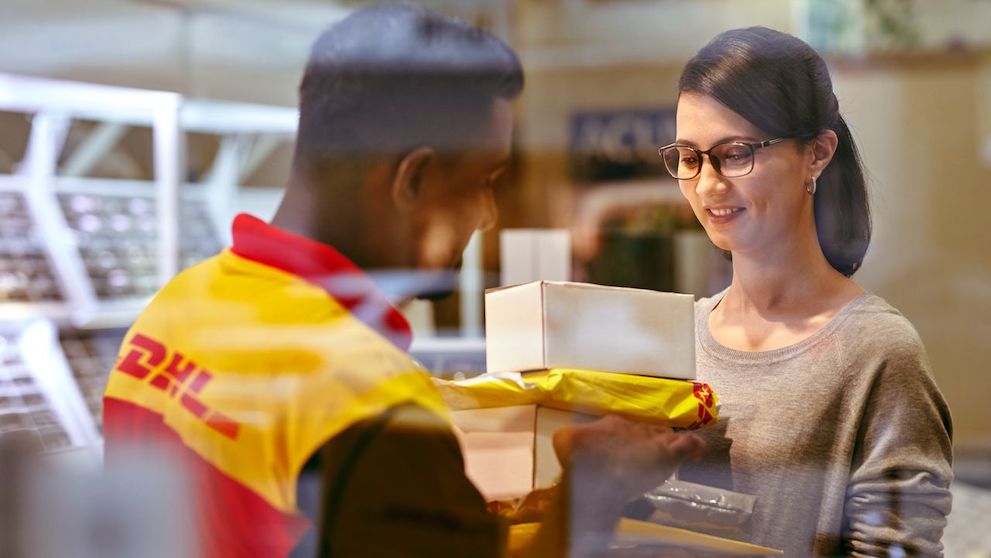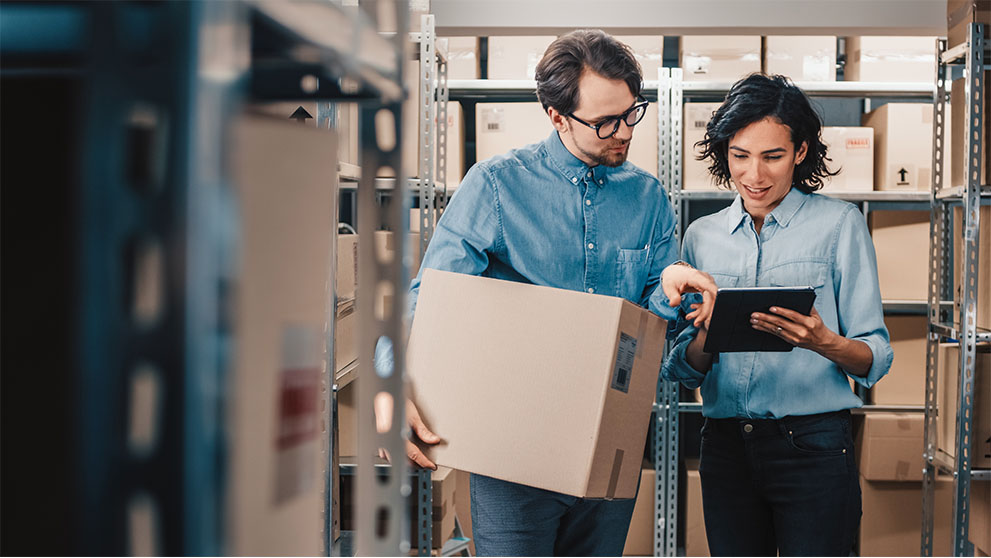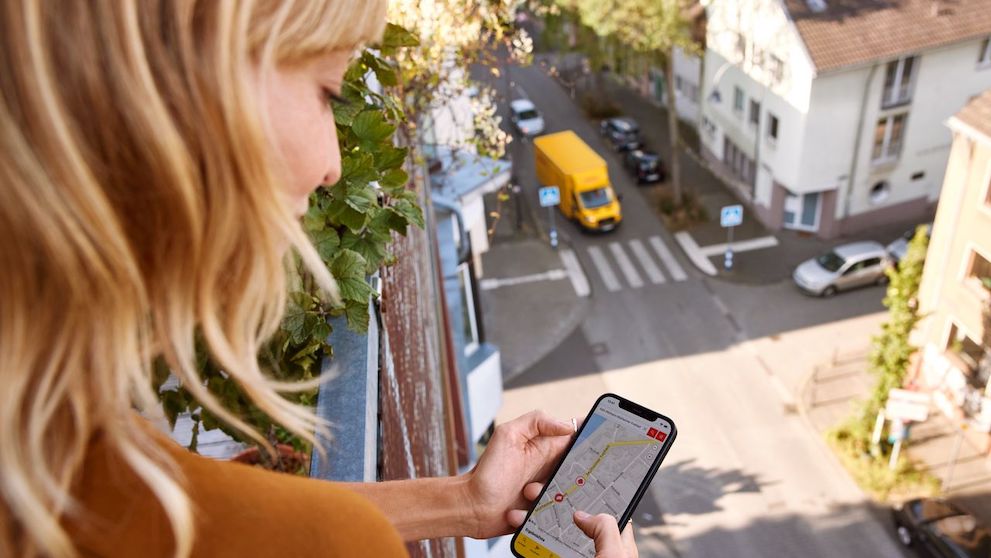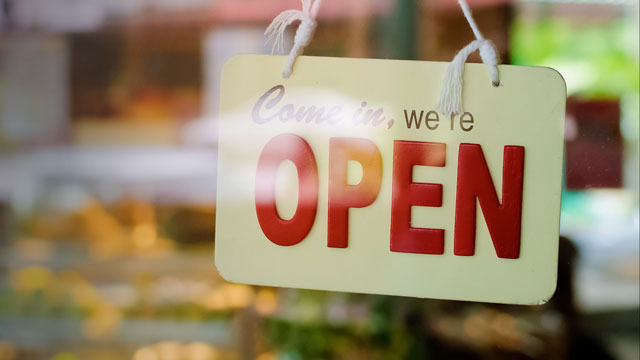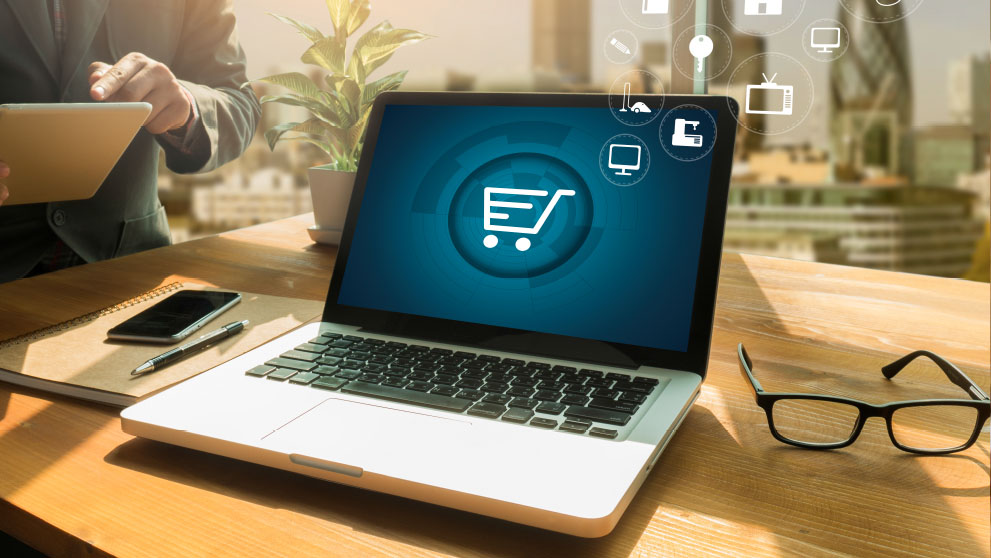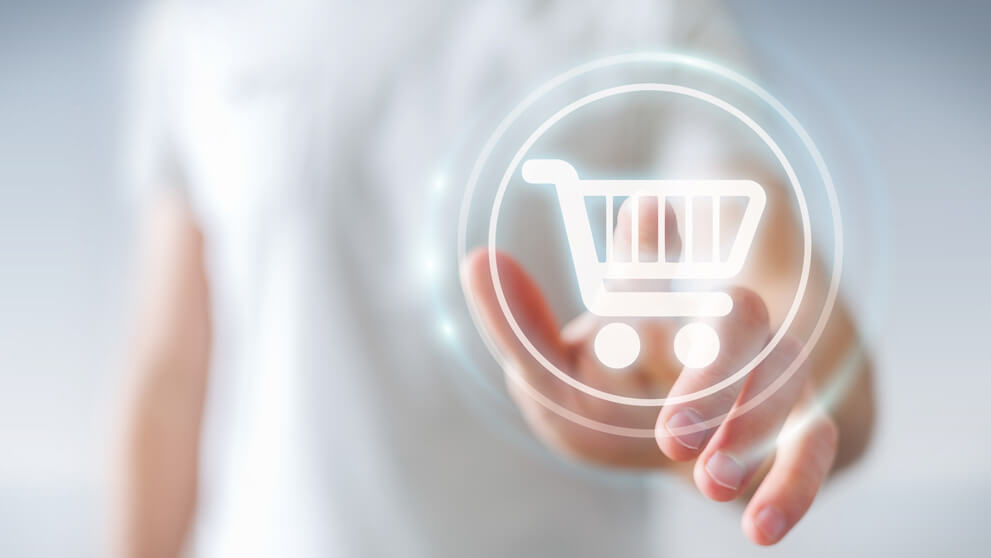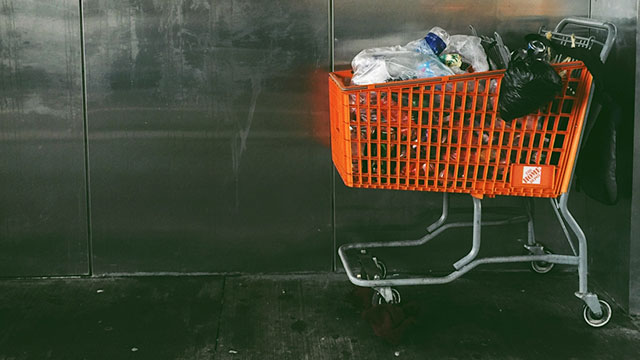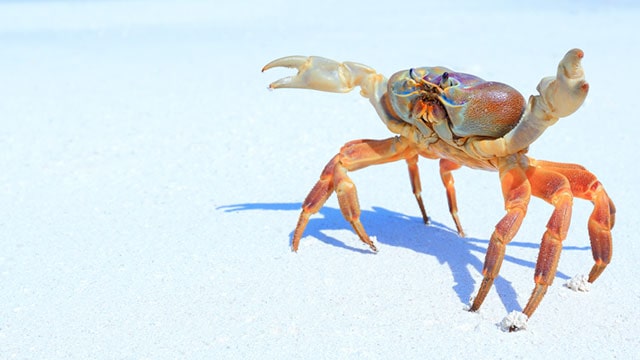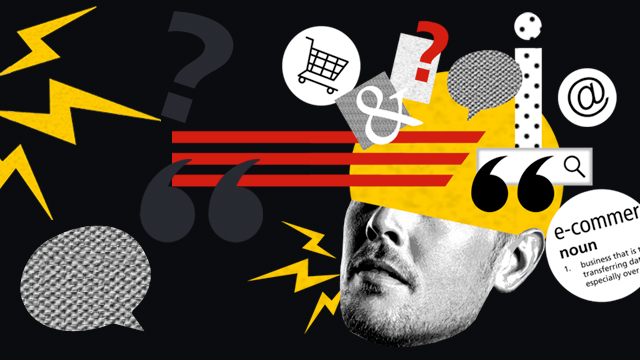The global e-commerce landscape has changed rapidly over the past few years. Online shopping is fast gaining popularity and new e-commerce trends are shaping how companies do business. If you are a skilled entrepreneur or craftsperson, then you probably have dreamed of starting your own e-commerce store or building a business that gives you a sense of achievement and freedom.
Introducing DHL Express’ e-commerce business guide – filled with relevant statistics and some tips for starting your own e-commerce store, we aim to help you navigate the competitive online marketplace so you can better secure your position. Read on to learn more.
The evolution of e-commerce and its future
Driven by changes in technology and global circumstances, the e-commerce industry has shown consistent growth over the past years. But in 2020, when the COVID-19 pandemic happened, consumers went all in. In the Philippines, for example, according to the data from the Philippine Department of Trade and Industry (DTI), e-commerce growth increased the country’s GDP by 3.4%. Other countries across the globe also saw large gains. Since then, e-commerce has now become an indispensable part of global retail, in turn, opening up new and lucrative avenues for businesses.
Naturally, businesses would seek to tap into the ever-growing e-commerce industry to expand their operations across borders. However, one should note that the growth of e-commerce also comes with greater competition and of course, more risks. As part of the DHL e-commerce guide, the next section discusses some important statistics across various industries which businesses in the Philippines may utilize to better secure their position in the marketplace.
DHL Express’ e-commerce guide 2022
DHL Express’ e-commerce guide helps Filipino businesses identify key sectors that hold lucrative expansion opportunities.
Overall e-commerce market in the Philippines
Rising consumers’ preferences for online shopping, the increasing number of online merchants, proliferation of alternative payment solutions, and the Filipino government’s support of e-commerce sales in the country has contributed to the growth of e-commerce. According to a report released by the International Trade Administration, the Philippines ecommerce market sales has reached US$17 billion in 2021 as a result of 73 million active online users. This number is expected to reach US$24 billion with a 17% growth through the year 2025. Moreover, of these online transactions, 12% of them are driven by cross-border orders, showing the high quality of Filipino products and their popularity in the foreign market.
Fashion sector
The fashion industry is also booming in the Philippines, with an expected Compound Annual Growth Rate (CAGR) of 5.44% between the years of 2022 and 2026. Many Filipino fashion products – such as ready-to-wear apparel, activewear, formal wear, accessories, swimwear, and footwear – typically generate popular demand in foreign markets.
Eco-friendly and sustainable fashion products are also gaining worldwide popularity as consumer consciousness with regard to environmental sustainability grows. As such, Filipino businesses that adopt sustainable practices and manufacture eco-friendly fashion products tend to be more sought after by the global market.
Beauty sector
The global beauty market is expected to grow by 7.3% by 2023. General beauty products, for instance, remain high in demand, while the demand for organic products and those that target particular skin tones is growing. Although this sector is heavily regulated by the government in the Philippines, businesses seeking to expand may still capitalize on lucrative opportunities for growth within the international market.
Food
The food sector is among the fastest-growing industries in the Philippines, with a CAGR of 64%. Local cuisine, ingredients, and spices, for instance, are very popular in foreign markets. Filipinos working overseas also contribute to the increasing global demand for Filipino food products. Thus, food products, specifically non-perishable items, are in high demand in the international market. Explore local Filipino food brands that have successfully ventured overseas.
Handicrafts and home decor
Filipino handicrafts and home decor products are also famous worldwide due to the intricacy of their hand-made designs, use of sustainable raw materials, and overall quality of craftsmanship. The home decor industry has seen a steady CAGR of 24%. Online retail in this sector thus holds great promise for local businesses aiming to expand overseas. You can check out our home decor export guide and how you can start an export business in this industry.
Other sectors
Other sectors that show high demand for Filipino products include toys, fitness and sports products, automotive, electronics, gaming products, and arts and crafts.

